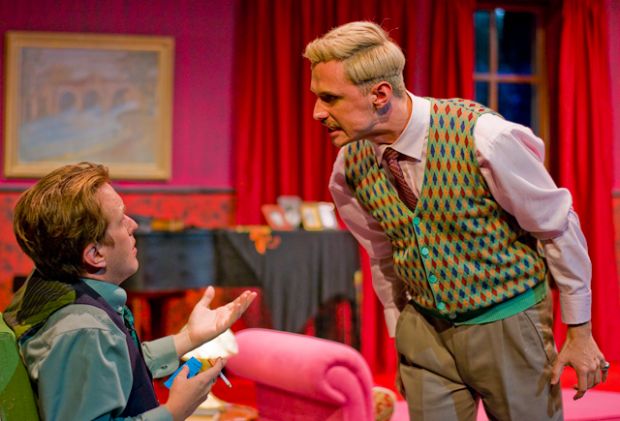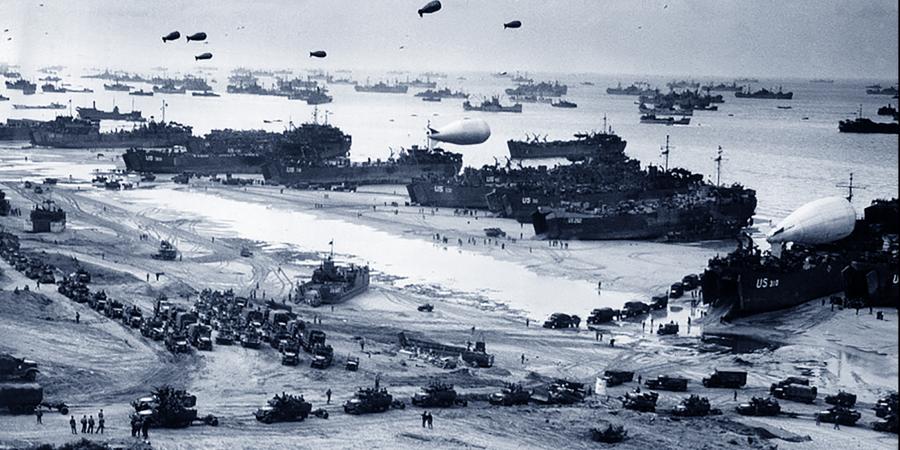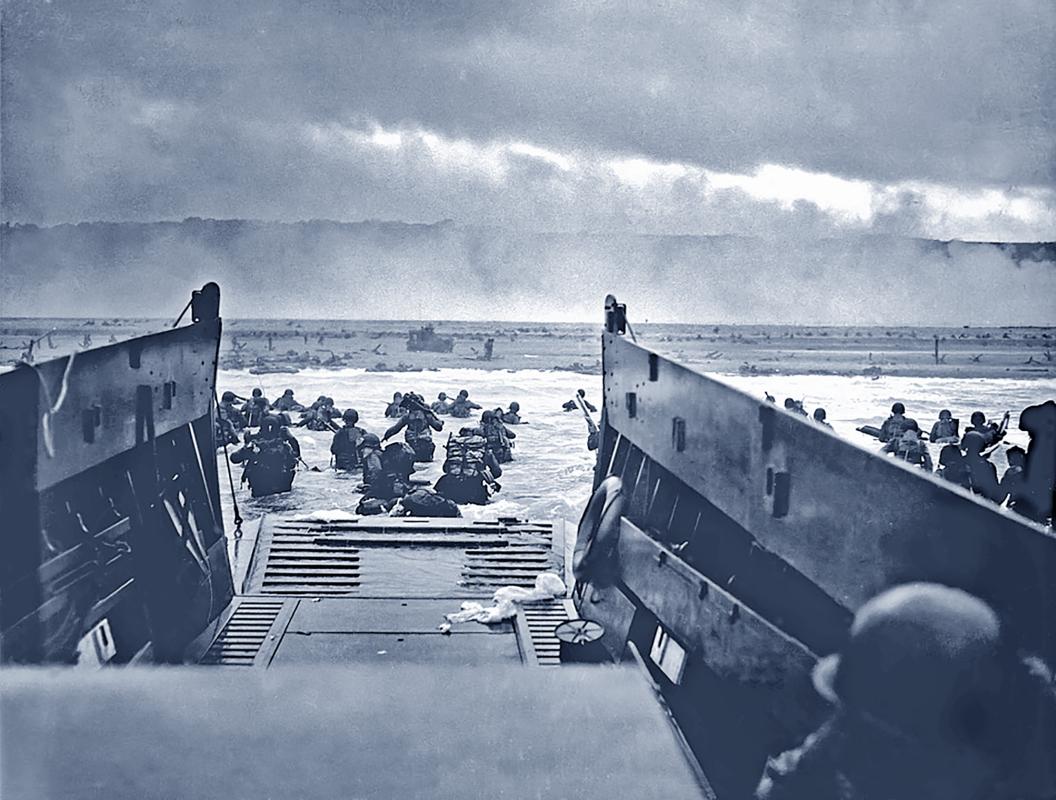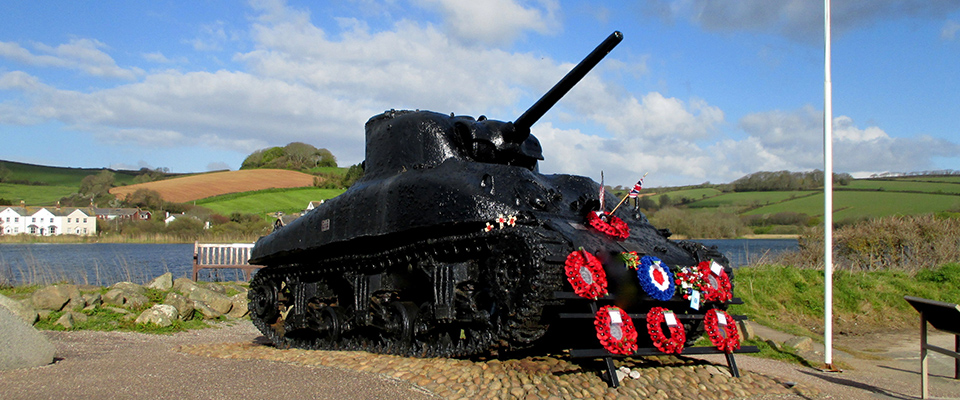- Rope - Canberra Repertory Society, Theatre 3: This is a well-acted and well-staged production of an old-fashioned piece of theatre. Known to many due to the Alfred Hitchcock film, this interpretation still has sufficient bluffs and double bluffs to keep the audience hanging on until the end. The trope of a bored entitled elite killing someone just because they can and not acknowledging there will be consequences is well trod now (not least through Dostoevsky's Crime and Punishment or, more recently, Donna Tartt's 1990s book club favourite The Secret History), but at the time of writing (1929), the concept was original enough to be diverting. Patrick Hamilton's plays (he also wrote Gaslight) can be interpreted as stuffy and overwrought drawing-room dramas (and the opulence of the set threatens to overwhelm), but the fact that this still felt fresh is due in large part to the light but detailed direction by Ed Wightman and the flamboyantly compelling acting by Pippin Carroll in the lead role of Wyndham Brandon. Other acting is uneven and not all of the styles blend well together, but it is relatively tight at a one-act 90-mins running time.
- The Appleton Ladies Potato Race - Ensemble Theatre, Canberra Theatre Centre: Written by Melanie Tait, this charming, heartfelt and positively affirming play provides five great roles for women and a story that is both specific and universal. The small country town of Appleton is disturbed when returning resident and new GP Penny Anderson (Sharon Millerchip) discovers that the famous Potato Race awards $1,000 prize money to men and $200 to women. As she takes on the organisers, the competitors and the spectators she comes face to face with those who want change and those who see no problems with the way things are. Director, Priscilla Jackman teases out all the niggles, nuances, resentments and rejections as the characters try to understand and accept each other for who they really are. It's as like a fusion of Made in Dagenham with The Dressmaker served with an added side of potato puns.
- Hello, Is There Anybody There? - Tempo Theatre, Belconnen Community Theatre: Tempo love to have fun with their productions, and they ham up this self-aware murder mystery with great delight. Lady Amelia (Cheryl Browne) is searching for a subject for her next novel, aware that it has all been done before and there are no new murder tropes - so with many a knowing nod to the audience (the fourth wall is completely demolished), she explores them all over the space of the play, aided and abetted by her drunken sot of a sexist husband (Kim Wilson) and the farcical cop duo (Michael Ubrihien and Nikki-Lynne Hunter rocking her Scottish accent for all its inherent humour). The writing is drenched in self-deprecation and deadpan delivery, and the cast milk it like the comedy cow it is with the butler and the maid (Gary Robinson and Marian FitzGerald) joining in the murderous parlour games. It's ridiculous but it's fun.
- Milk - The Street, Street Theatre: I believe the theatre is a forum for sharing stories; exploring the past; questioning the present; and preparing for the future. Milk does all of the above with superb staging and atmospheric sound and lighting featuring pivotal moments in liminal spaces. If this an ode to the writer (Dylan Van Der Burgh)'s daughter, she is one very lucky human. We stand with you. We pay our respects to the traditional custodians of the land on which we live.
- The Governor's Family - Canberra Repertory Society, Theatre 3: Plaudits to Rep for taking on this confronting work. It's not often a community theatre company with a traditionally conservative audience would program a play tackling themes of cultural appropriation, gender diversity, incest and political revolution. If it is a little packed with righteousness, that is the fault of the writing and not of the delivery. Director Tony Llewellyn-Jones has assembled a cast of considerable merit to portray the dysfunctional family of the fictional Governor of NSW, Howard Mountgarret (played with agonising guilt and torment by Peter Holland in one of his finest performances to date). Frances Pod (Kiara Tomkins) is a young indigenous woman who has been raped by a group of Irishmen. Mountgarrett takes her into his home ostensibly as a gesture of compassion, but one which is viewed with scepticism by his weary and depressed wife (Antonia Kitzel) and insurrectionist cross-dressing daughter (Caitlin Baker) and partisan interest by his poetic justice-seeking son (Robbie Haltiner). As Mountgarret has to decide how to deal with the perpetrators - brothers of the temperamental newspaper man and potential beau of his daughter (Jack Casey) - he knows his actions will have greater implications for the future of the colony, which are hammered home with a decisive lack of subtlety in the second act. Andrew Kay's versatile set is a highlight, using the potential of the revolve and the scrim to place us in different sections of society with always the suggestion of another in the periphery. The production elements add in the moments of light and shade that the script itself lacks to make this a fully challenging piece of theatre.
Friday, 20 August 2021
Friday Five: More Theatre
Tuesday, 17 August 2021
Necessary Sacrifice? Disaster Before D-Day
The logistics for
this exercise were considerable. If Slapton Sands were to be used for this
exercise, the nearby village and surrounding area had to be evacuated, which
meant “3,000 people from about 750 homes, farms, shops and pubs that made up
the villages in the prescribed area, all had to be moved out.” One of the
problems was overcrowding: where were they going to put everybody? Plymouth,
Weymouth, Exeter and Torquay had been heavily bombed by the Luftwaffe; children
and entire families had been evacuated to the countryside because it was
considered safer; “by the beginning of 1944 there were tens of thousands of
American soldiers dotted around the south-west of England involved in training
exercises.”
“During the
original planning of the exercise nobody had foreseen that Royal Navy might need
to get in touch with the US Navy, so it was a situation that had never been
addressed. They were operating on two different radio frequencies.” Consequently
when the commanding officer delayed the timing of the exercise by an hour, this
was not communicated to those involved in shelling the beach with live
ammunition and the ground forces firing live rounds over the incoming troops –
General Eisenhower believed that live ammunition was as an important factor set
to harden the troops to the harsh reality of a naval bombardment. Originally these
incidents had been planned an hour apart, but they ended up taking place
simultaneously.
Two Royal Navy
vessels should have been protecting the convoy of seven American landing craft,
but one of them had been accidentally rammed the day before and was being
repaired. Once again, this was not communicated between navies and so the
convoy only had one escort, and the German E-boats were able to nip in
unimpeded and fire torpedoes upon it: the LST-507 caught fire and was then
abandoned (with 71 deaths); the LST-531 sank after suffering torpedo strikes
(with the loss of 114 lives); the LST-289 was set on fire but managed to reach
the shore; and the LST-511 was damaged by friendly fire in the resulting chaos
and confusion. Many other servicemen drowned, waiting to be rescued. “It is
believed a number of men died during Exercise Tiger because they were wearing
their lifebelts incorrectly; some were also faulty. In fact, most of the
casualties that died off Slapton Sands on 28 April 1944 did so from either
hypothermia or drowning.”
One of the big
remaining questions is whether the entire incident was deliberately covered up,
and Wynn has tried to find answers. He explains that in 1954 the Americans
officially confirmed the deaths from the E-boat attacks and there are personnel
lists available of those killed in the incident. “But I have not seen a similar
admission in relation to the friendly fire incident that took place on 27 April
1944, nor have I ever seen a list of those who died or how many there were.” This
may begin to stray dangerously into conspiracy theory territory, but he tries
to lay out the facts as he sees them.
While these
ideas may be far-fetched, he talked to many “ordinary people” while researching
his book and heard similar stories from Americans and British alike. He
questions how there can be so many people who remember the events of 27 April
1944 if they never took place, as stated in repeated denials by official bodies.






